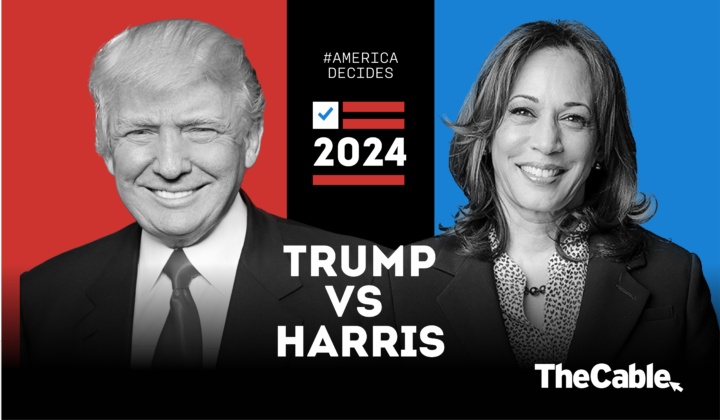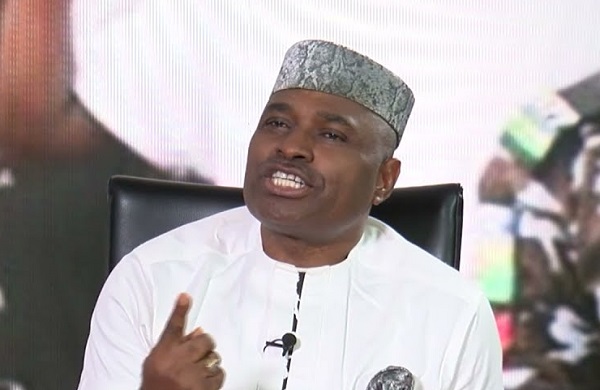US Vice President Kamala Harris is in a keen contest with former President Donald Trump for the United States presidential seat.
As they race to become the 47th president of the United States, insults, violence, and blame games, among many other things, have become constant features in the contest.
While Harris has described Trump as a “fascist”, the former president said the vice-president has “a low IQ”.
Harris, a Democrat, and Trump, a Republican, have also pledged to revive the economy and resolve the Israel-Hamas and Russia-Ukraine conflicts.
Advertisement
The race for the presidency took an intriguing turn after incumbent President Joe Biden pulled out and endorsed Harris, his vice-president.
Since then, it has been difficult for pollsters to call the election in favour of any contestant.
However, certain criteria must be met for any candidate to win the US presidential election.
Advertisement
Here are five factors that will determine who will become the winner of the poll.
ELECTORAL COLLEGE
For a winner to be declared, a contestant must win a simple majority of at least 270 votes of the electoral college. It is possible for a nominee to win the popular votes and still lose the race.
In 2016, Hillary Clinton got 65,853,514 votes when she ran against Trump, who was able to secure 62,984,828 votes.
Advertisement
However, Trump beat the former secretary of state after he secured 304 electoral votes, while she got 227 votes.
The total number of college votes is 538, and the 50 states of the US have different numbers of electors depending on how large or small the population of these places is.
If no candidate is able to secure a majority, a “contingent election” is held by the house of representatives to elect the president, and by the senate to elect the vice president.
SECURING SWING STATES
Advertisement
A candidate’s ability to win states referred to as “swing states” or “battlegrounds” will give them an edge in winning the popular and college votes.
Wisconsin, Pennsylvania, New Hampshire, Minnesota, Arizona, Virginia, Georgia, Florida, Michigan, Nevada, Colorado, North Carolina, and Maine are some of the states considered to be very competitive because any of the parties could win them.
Advertisement
FOREIGN POLICY
How a candidate says they would lead the US in terms of relations with other countries also influences voter patterns.
Advertisement
While Trump has said he would deport illegal immigrants from the country – which he did in his first term, Harris and the Biden administration encouraged pathways for migrants to gain legal status in the US.
Trump has since blamed migrants for the high rate of crimes in some states in the US.
Advertisement
VOTER TURNOUT
If a certain demographic of people turn out en masse to vote for a particular candidate, there is a chance of them winning the presidential poll.
In 2020, the majority of white voters, 58%, cast their ballot for Trump, while 65% of Latino voters and 61% of Asian American voters cast their ballot for Biden, according to the national exit poll.
THIRD-PARTY CANDIDATES
The decision of an independent candidate to pull out of the presidential race and endorse a Republican or Democrat can boost their chances depending on how influential they are.
In the lead-up to today’s election, Robert F. Kennedy Jr. suspended his independent campaign and threw his weight behind Trump.
The former president has since promised him a role in his administration if he is reelected for a second time.
Add a comment












